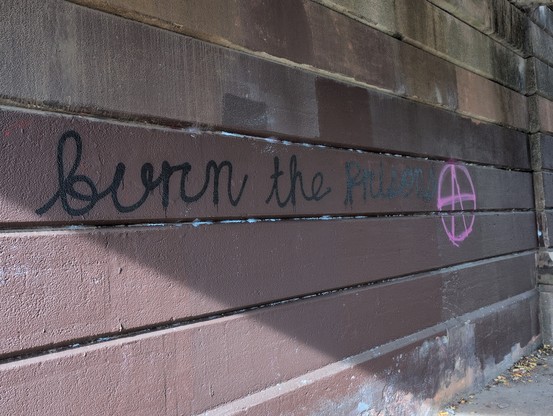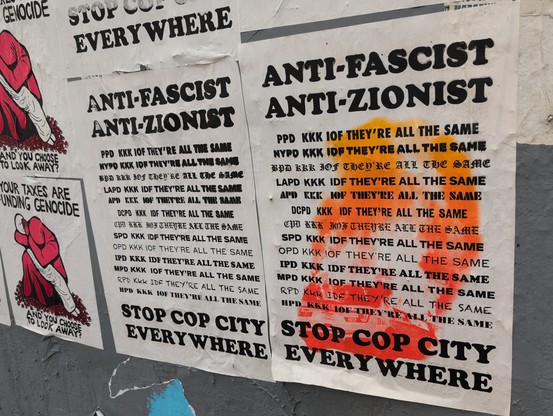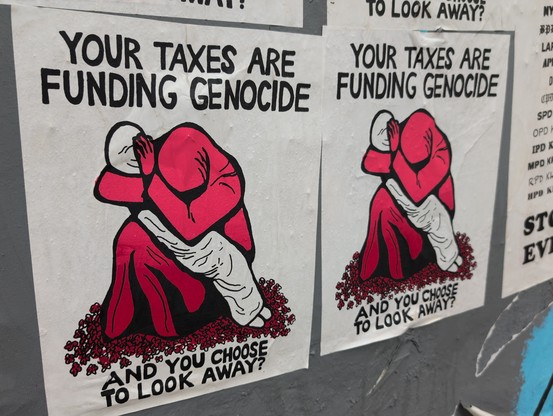from Mainstream Media
Sunbury, Pa. — Two Massachusetts suspects who released more than 600 mink earlier this month from a Northumberland County fur farm are involved in anarchist groups, according to FBI officials.
One of the suspects also was allegedly promised $50,000 to come to Pennsylvania to release the mink, according to police. More than 60 of the mink are still missing according to the farm owner.
According to an amended criminal complaint filed by PSP Stonington, police found that Christopher Jacob Legere (also known as Celeste) 25, and Cara Ashley Mitrano, 23, are part of the “Firehouse” and “Collective A Go Go” communes in Worcester, Massachusetts. The two suspects were charged for allegedly releasing 683 mink from Robert H. Stahl Sons in Rockefeller Township early the morning of Oct. 19.
Amended charges were filed to add one felony count each of eco-terrorism, corrupt organizations, burglary, and misdemeanors of theft and related charges. Both Legere and Mitrano had already been charged with felony counts of agricultural vandalism and misdemeanor cruelty to animals.
Police were called to the farm around 1 a.m. Oct. 19 after a camera sensor there was activated and alerted the owners of the break-in. Video footage showed Legere and Stahl inside the farm dressed in dark-colored clothing with head lamps. They appeared to be carrying bags and had their hoods up, according to the amended affidavit. The two suspects used bolt cutters to cut a lock off the fence and then released the mink. They also destroyed records on the pens.
The farm owners told police they saw Legere and Mitrano take off in a Subaru Crosstrek. The Stahls followed in their vehicle and attempted to block the road to intercept them, but instead the Subaru accelerated and hit their car. One of the family members got a picture of the Subaru and noted it had a Massachusetts registration plate. The Subaru continued south on Airport Road, and the Stahls followed them for a distance onto Seven Points and Captain Bloom roads. The Stahls told police they saw the suspects toss a backpack, work glove, and dark colored sweatshirt out of the vehicle.
Both Legere and Mitrano were pulled over a short time later by police in Ralpho Township. Legere and Mitrano were arrested and taken to Northumberland County Jail and their car was impounded. Police searched the two suspects and found a hand-drawn map in Mitrano’s pants pocket with directions to the farm.
Trooper Jacob Hook applied for search warrants for the evidence that was tossed on the road, a purse that was found in the car, and the Subaru. He also applied for and was granted a search warrant for the clothes Legere and Mitrano were wearing at the time they were taken into custody, which police described as having a “strong musky odor.”
During the search, police found cutting tools, work gloves, crowbars, a lock-picking kit, and anarchist propaganda literature. There also were directions on how to navigate out of Pennsylvania to the state of Vermont and a map with an “X” on Airport Road where the suspects were to park. Arrows illustrated where the two were to walk through the woods to the farm. Hook also found stickers that said “officer down” with a smiling star giving a thumbs up, and some that said “policy proposal” and depicted a police car on fire, according to the affidavit.
Police intercepted a phone call Legere made from jail on Oct. 20 in which he spoke with an unidentified individual about $50,000 payment he was promised, according to the affidavit.
As of Sunday, 619 mink had been recovered and 64 were still missing, according to Hook. Three of the minks died post-recovery. Farm owner Mark Stahl told police that each mink costs $50 and that approximately 25% of the minks recovered will die of a disease, while the others will be left to die of starvation or be killed on roadways or by wild animals, according to court documents.
A similar incident occurred Sept. 17, 2023 in which unknown suspects broke into the fur farm and released hundreds of minks. No suspect has been charged for that incident as of yet. Police could not say if this most recent incident was connected to last year’s event.
Legere and Mitrano remain in Northumberland County Jail in lieu of $150,000 cash bail each. Both will have a preliminary hearing Tuesday morning Oct. 29 at the office of District Judge Rachel Wiest-Benner.










